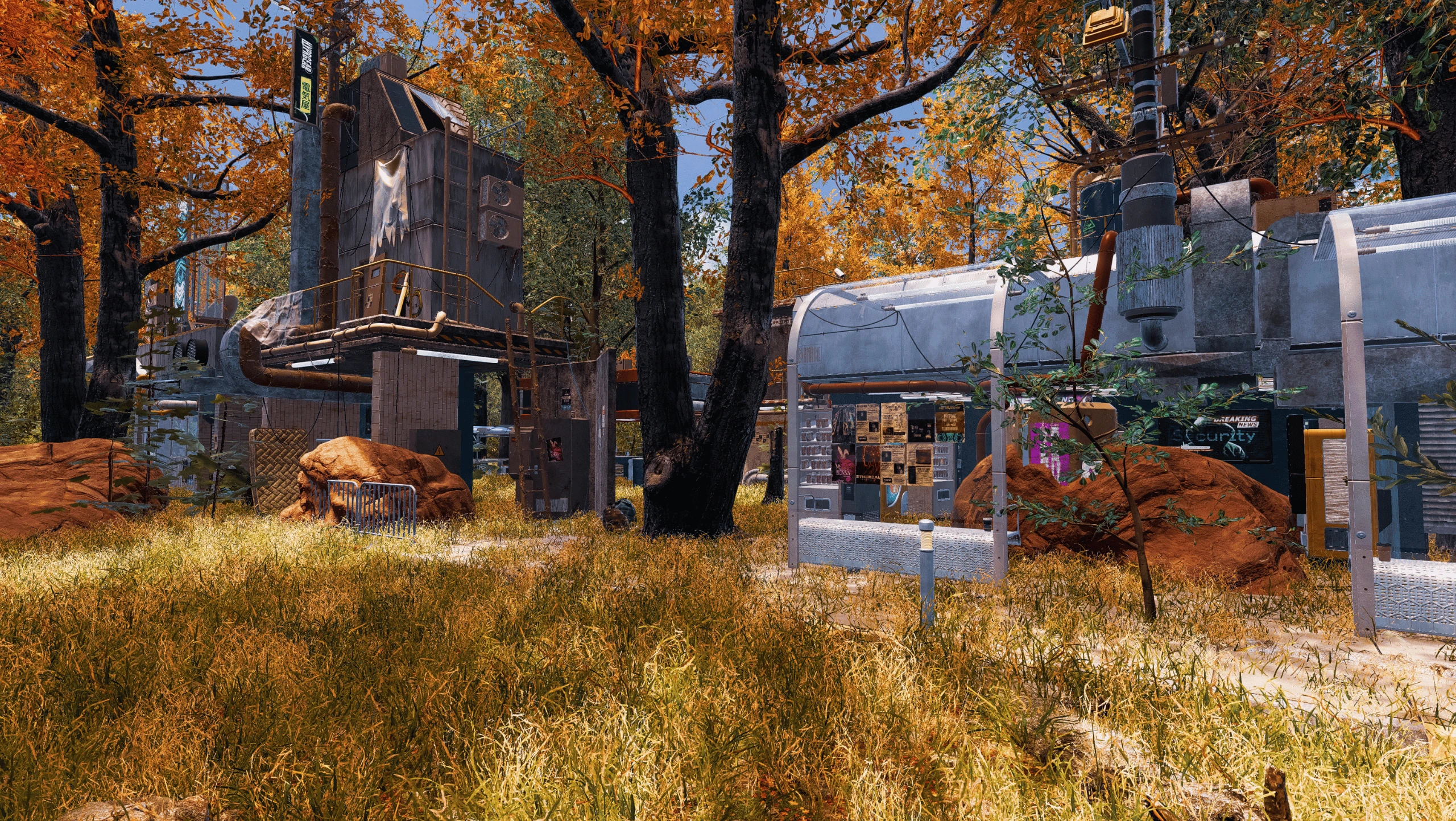California is known for its wildfires, which can strike with little warning, leading to mass evacuations and significant damage. With the frequency and intensity of these fires increasing, it is crucial to prepare for the worst by building an emergency fund. This fund can be a lifesaver during such disasters, covering evacuation and temporary living expenses, ensuring you and your family are safe without the added financial burden.
Why Having an Emergency Fund is Crucial in California Wildfires
When a wildfire forces an evacuation, the expenses quickly add up. Not only do you need to secure transportation and shelter, but there’s also the cost of meals, supplies, and other essentials. Moreover, many families may need to pay for temporary housing, often at inflated rates during times of crisis. An emergency fund ensures you have access to the necessary financial resources, so you don’t have to worry about your finances while focusing on your safety.
How Much Should You Save for an Emergency Fund?
The amount to save will vary depending on your personal circumstances, but it’s recommended to have at least three to six months’ worth of living expenses in your emergency fund. For those living in areas prone to wildfires, consider adding additional funds specifically for evacuation-related expenses. This may include travel costs, hotel stays, food, pet care, and the potential loss of income if you are unable to work due to evacuation orders.
Where to Store Your Emergency Fund
Your emergency fund should be easily accessible in the event of an emergency. It’s ideal to keep it in a liquid, low-risk account, such as a high-yield savings account or a money market account. Avoid investing this fund in stocks or long-term bonds, as these can be volatile and may not be easily converted to cash when you need it. The key is to ensure that you can access the funds quickly without penalties.
Start Saving Today: Simple Tips to Build Your Emergency Fund
The best time to start saving is now. Begin by evaluating your monthly expenses and identifying areas where you can cut back. This may involve reducing discretionary spending, such as dining out or entertainment, or finding ways to save on fixed expenses like utilities and insurance. Every dollar saved can contribute to your emergency fund, so be diligent in tracking your progress. Additionally, consider setting up automatic transfers to your emergency fund account to make saving a consistent habit.
Utilizing Insurance for Additional Coverage
In addition to having an emergency fund, make sure that your insurance policies, including homeowners and renters insurance, provide adequate coverage for fire-related damages. Wildfire insurance is essential, especially for those living in high-risk areas. Be sure to review your policies annually to ensure that you’re adequately covered, as the cost of rebuilding and replacing personal belongings can be significant.
The Psychological Benefits of an Emergency Fund
Having an emergency fund provides peace of mind. Knowing that you have the financial means to support yourself and your family during an evacuation or in the aftermath of a wildfire allows you to focus on the more important aspects of the situation, such as your health and safety. It reduces the stress of financial uncertainty, allowing you to make decisions with a clear mind.
Conclusion
Building an emergency fund to cover evacuation and temporary living expenses in the event of a wildfire is an essential step in disaster preparedness. It offers financial security, allowing you to focus on your safety and well-being without the added stress of unexpected costs. While it requires discipline and planning, the benefits of having this safety net are invaluable when disaster strikes. Start today, and ensure you’re ready for whatever the future holds.




